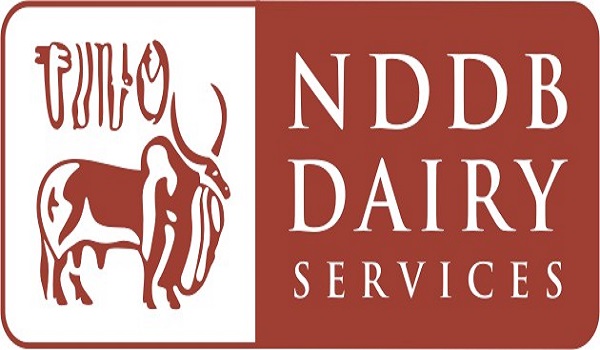Last month, R.S. Sodhi, President of the Indian Dairy Association, said that there is no plan for any reduction in milk prices until November, as stability in milk prices is expected only in the winter months.
The finance ministry last month attributed the elevated milk inflation to a demand-supply mismatch and said it could be one of the factors apart from volatile international crude oil prices and constrained milk supplies that would influence the country’s inflation trajectory.
A combination of high feed and raw material costs, supply challenges, lumpy skin disease (LSD), and rising dairy exports has impacted milk production and costs, leading organized players, including Mother Dairy and Amul, to hike milk prices multiple times in the last year.
The ministry said in the monthly economic review that milk production had been impacted by a lumpy skin disease infecting millions of cattle in late 2022, adding that the vaccination drive against the disease is expected to curb the spread and protect the cattle against the skin disease.
“While this would increase milk supply, a general drop in inflation will moderate the fodder and transport costs, thereby lowering milk inflation,” it said.
For the first time in decades, the country’s milk production is likely to have stagnated in 2022–23 due to LSD in cattle across several states and the lagged effect of COVID-19 in the form of stunting of the animals, a senior official with the department of animal husbandry and dairying last month stated. The milk production was estimated at 221 million tons in 2021–22.


